What Is Wall Studs?
Important Point
Vertical framing members are known as wall studs that make up the structural framework of a wall in a building or structure.
Wall studs are generally made of wood or metal and serve as the primary load-bearing component of the wall.
The weight of the roof, floors, and any other structural elements are carried by the wall studs.
In wooden wall construction, wall studs are placed vertically at regular intervals, usually 16 or 24 inches apart (which is measured from center to center), and run from the bottom plate, which is connected to the foundation or subfloor, to the top plate.
It forms the upper boundary of the wall. These studs provide stability, rigidity, and support for the entire wall assembly.
Wall studs play a crucial role in attaching interior and exterior finishes, such as drywall, sheathing, siding, and insulation.
It creates a finished wall surface which helps to do electrical wiring, plumbing, and other utilities that are often run through the spaces between the studs, which are typically covered by the wall finishes.
Also, Read: 10 Different Types of Loads on Structures | What Are Structural Loads
How Wide Are Wall Studs?
In traditional construction practices, wall studs are generally available in either 2 inches by 4 inches (2×4) or 2 inches by 6 inches (2×6) in width.
These dimensions of wall studs refer to their nominal dimensions before any finishing or planning.
The actual dimensions can be slightly smaller due to planning and milling processes that remove some material to create smooth, even surfaces.
The actual surfaces are given in the below-
- A 2×4 stud actually measures about 1.5 inches by 3.5 inches.
- A 2×6 stud actually measures about 1.5 inches by 5.5 inches.
The using of 2×4 or 2×6 studs depends on various factors and it also including the desired wall thickness, structural requirements, and energy efficiency.
Generally, thicker walls can accommodate more insulation. Thicker studs like 2×6 are often used in situations where increased insulation or greater structural support is needed.
Also, Read: How Many 80# Bags of Concrete in a Yard
How Far Apart Are Studs on a Wall?
When we are discussing the construction of walls in buildings, one of the most crucial considerations is the spacing of studs.
Vertical framing members are known as studs that provide the structural support and framework for walls.
The proper spacing of studs increases the stability, strength, and overall integrity of the wall.
Stud spacing increases the stability and load-bearing capacity of a wall.
The main purpose of studs is to support the weight of various elements, including the roof, floors, and any additional loads.
Improper spacing can lead to structural weaknesses, sagging walls, and even safety hazards.
Generally, two common stud spacing are used, those are 16 inches in the center (16″ o.c.) and 24 inches in the center (24″ o.c.).
It refers to the distance between the center to the center of the next stud.
The choice between 16″ o.c. and 24″ o.c. depends on factors such as the building’s structural requirements, the weight it needs to support, and local building codes.
16″ stud spacing is a common practice in residential and commercial construction.
This spacing provides greater support and rigidity to the wall, making it suitable for load-bearing walls, walls that carry the weight of the roof, or upper floors.
The closer spacing allows for better distribution of weight and provides ample support for heavy wall finishes, such as cabinets and mirrors.
A stud spacing of 24″ o.c. is often used for non-load-bearing walls or interior partition walls.
This wider spacing reduces the amount of material used and may be more cost-effective.
However, it may lead to slightly less structural stability compared to 16″ o.c. spacing.
This spacing is common in areas where the wall’s primary function is to define spaces rather than carry loads.
In certain situations, variations in stud spacing may be necessary.
For instance, when building corners, headers (horizontal framing members above openings), and areas around doors and windows, additional studs are typically added to provide extra support.
Useful Article for You
- What Is Composite Wood
- What Is the Difference Between a Shower Pan and a Shower Base?
- What Is Raft
- What Is a Window Panel
- What Is Rebar Made Of
- What Is Crane
- What Is a Frame Structure
- What Is the Measurement for a Queen Size Bed
- What Is Considered Livable Space
- What Is One Way You Can Save Electricity?
- What Is Mdf Mean
- What Is a Bundle of Shingles
- What Is a Gallon of Water Weigh
- What Is Window Sash
- What Is a Sieve Analysis
- What Is the Little Black Diamond on a Tape Measure
- What Is the Difference Between a Bolt and a Screw?
- What Is Overhang
- What Is Sand Blasting
- Truss Bridge Weaknesses
- What Is a Walk in Basement
- What Is Quarrying
- What Is a Concrete Slump Test
- What Is a Weir
- What Is Road Made Of
- What Is a Cantilever?
- What Is a Contour
- What Is a Scrap Value
- What Is a Transport Engineer
- Difference Between Lumber and Wood
How Far Apart Are Studs on Exterior Wall?
Generally, the distance of wall studs for the exterior wall is 16 inches.
The separate and related space is available for every wall stud but if you do not know about the actual spacing then you may leave it for 16 inches.
Also, Read: Load-Bearing Vs Partition Walls | What Are Walls | Classified of Walls
How Far Apart Are Studs in a Garage?
Generally, studs are 16 inches apart from each other and this is the uniform measurement of this type.
To measure the gap you need to calculate the corner-to-corner distance of the wall.
The wall studs can be 14 inches or 24 inches apart if drywall is installed.
Also, Read: Parts of House Construction
How to Build Wall Studs?
Building wall studs is a fundamental skill in construction and DIY projects.
Wall studs provide the framework and support for interior and exterior walls, ensuring structural integrity and stability.
The required materials are the following below-
- 2×4 or 2×6 lumber (depending on your wall’s design and requirements)
- Measuring tape
- Pencil
- Circular saw or hand
- Speed square or carpenter’s square
- Hammer
- Nails or screws
- Power drill (if using screws)
- Level
The following steps are below-
Measure the desired height of your wall and then mark the top and bottom plates accordingly.
The top plate is located horizontally along the ceiling and the bottom plate is located along the floor.
Measure and mark the location of each stud on both the top and bottom plates.
Cut the Plates: Then use a circular saw or handsaw to cut the top and bottom plates according to your measurements.
Make sure the cuts are straight and accurate, as these plates form the horizontal boundaries for your wall studs.
Cut and Install the Studs Measure the distance between the top and bottom plates to determine the height of your studs. Cut each stud to the appropriate length.
Place the studs vertically between the top and bottom plates, aligning them with the marked stud locations.
Use a level to ensure that each stud is plumb (perfectly vertical) and adjust as needed.
Secure the Studs: Secure the studs to the plates using nails or screws. Nails are traditional and can be hammered through the studs into the plates.
If using screws, pre-drill pilot holes to prevent splitting, and then drive screws through the studs into the plates.
Double-Check Alignment: After installing all the studs, use a level to double-check that they are plumb and properly aligned.
Verify that the stud spacing adheres to your chosen measurement (16″ OC or 24″ OC).
Install Blocking (Optional): In certain cases, you might want to install additional horizontal pieces of lumber, known as blocking, between the studs.
This can provide extra support for attaching fixtures, shelves, or other elements to the wall.
Measure, cut, and install the blocking between the studs at the desired height.
Useful Article for You
- Cut Washer Vs Flat Washer
- Soil Stacks
- How Much Does a Yd of Concrete Weigh
- Silt Vs Clay
- Gray Green House
- Identify the Zero-Force Members in the Truss
- Bridge Pier
- Monolithic Concrete
- Wall Panel Bathroom Ideas
- Construction Companies in America
- How Bridges Are Made
- Density of Concrete G Cm3
- Concrete Wall Treatment
- Standard Us Brick Size
- Drywall Ceiling Repair Cost
- Micropile
- Suspension Bridge Strengths
- Types of Plumbing Fixtures
- Red Brick Black Shutters
- Weight of Concrete Slab
- How to Build a Fence with Metal Posts
- How to Get Blood Out of Wool Carpet
- Isometric View
- Front Doors on Brick Houses
- Screed
- Pier and Beam Foundation
- Weep Holes
- Average Door Height
- Wall Putty
- Flight of Stairs
- Cost to Pump Septic Tank
- What Colors Keep You Awake
- How to Build a Lean-to Off a Garage
- Different Types of Stucco Texture
- Method of Leveling
How Many Studs Do I Need for the Wall?
Understanding how many studs you need for a wall is a crucial aspect of construction, renovation, or any DIY project involving wall framing.
Wall studs provide the essential framework that supports the entire structure, ensuring stability, strength, and proper attachment of fixtures and finishes.
Factors Influencing Stud Count
- Stud Spacing: The spacing between studs is a primary determinant of how many studs you’ll need. Standard stud spacing is typically 16 inches in the center (16″ OC) or 24 inches in the center (24″ OC), with the measurement indicating the center-to-center distance between adjacent studs.
- Wall Length: The length of the wall you’re constructing directly affects the number of studs required. A longer wall will naturally require more studs to provide adequate support and stability.
- Wall Height: Taller walls may need more studs to ensure even weight distribution and structural integrity. Additionally, the height of the wall can influence the spacing of headers, which are horizontal framing members used to support openings like doors and windows.
- Structural Consideration: The intended purpose of the wall, such as load-bearing or non-load-bearing, will impact the number of studs needed. Load-bearing walls, which carry weight from above, generally require closer stud spacing and more studs to handle the load.
- Building Codes: Local building codes often stipulate the minimum requirements for stud placement and spacing. These codes vary by location and purpose of the wall, so it’s important to adhere to them for safety and compliance.
Calculation of the Number of Studs
Determine Stud Spacing- Decide on the stud spacing you will use (16″ OC or 24″ OC) based on factors like load-bearing requirements and local codes.
- Measure Wall Length: Measure the total length of the wall where you will be installing the studs. Be sure to measure from corner to corner, including any openings for doors or windows.
- Calculate Studs: Divide the wall length by the stud spacing (in inches). This calculation provides an estimate of the number of studs required. For example, if you’re using 16″ OC spacing and your wall is 10 feet (120 inches) long, you would need 120 / 16 = 7.5 studs. Since you can’t have half a stud, round up to 8 studs.
- Account for Corners: Don’t forget to include studs for the corners of the wall. Corners require double studs to provide stability and support for the adjoining walls.
- Adjust for Openings: If your wall has openings for doors or windows, you’ll need to calculate the additional studs needed for framing around these openings. Headers and king studs (vertical supports for headers) are crucial here.
- Add Extra Support: Depending on the wall’s purpose, you might need additional studs for extra support. Load-bearing walls, for instance, require more studs to distribute weight evenly.
What Is a Stud in Drywall?
Studs are vertical 2 by 4 inch beams that support the frame of your home. You can find them behind your drywall, usually spaced 16 or 24 inches apart. Since studs are made of thick and sturdy wood or metal, they can securely hold screws better than wall materials like drywall.
What Is Walabot?
Your Walabot DIY 2 shows you the dead center of wood and metal studs, and it’s the only wall scanner that visually detects and tracks the paths of pipes and wires. It even enables you to find pests by detecting movement.
What Is the Difference Between Walabot and Walabot Plus?
The Walabot DIY is able to detect objects inside drywall. The Walabot DIY Plus has an additional feature that allows it to detect objects in lath and plaster walls. In addition, Walabot DIY Plus comes with embedded Teflon strips that enable a smooth glide along walls for an easier scanning experience.
What Are Wall Studs Made of?
Since studs are made of thick and sturdy wood or metal, they can securely hold screws better than wall materials like drywall. Typically, studs are measured “on-center,” which means that you can measure from the center of one stud to the center of an adjacent stud.
What Do Studs Look Like in a Wall?
What is a wall stud? Studs are vertical 2 by 4 inch beams that support the frame of your home. You can find them behind your drywall, usually spaced 16 or 24 inches apart. Since studs are made of thick and sturdy wood or metal, they can securely hold screws better than wall materials like drywall.
How Wide Is a Stud Behind Drywall?
Typical dimensions of today’s “two by four” is 1.5 by 3.5 inches (38 mm × 89 mm) dimensional lumber prior to sanding and are typically placed 16 inches (406 mm) from each other’s center, but sometimes also at 12 inches (305 mm) or 24 inches (610 mm).
Interior Wall Stud Spacing
Studs are vertical 2 by 4 inch beams that support the frame of your home. You can find them behind your drywall, usually spaced 16 or 24 inches apart. Since studs are made of thick and sturdy wood or metal, they can securely hold screws better than wall materials like drywall.
Stud Spacing Exterior Wall
Stud spacing is normally 16 inches in exterior walls, although 24-inch spacing of 2×4 studs is acceptable in one-story buildings if wall sheathing or siding is of adequate thickness to bridge across studs.
How Wide Are Studs?
Studs are always 1.5 inches wide. Their depth can be 3.5, 5.5, or even 7.5 inches depending on the wall. Wall studs are made with “2 by” lumber, meaning either a 2×4 (most common), 2×6, or even in some rare cases, 2×8. However, that doesn’t mean that the wood is actually 2 inches wide.
How Far Apart Are Studs from a Corner?
When a home is framed, the wall studs are usually spaced 16 or 24 inches apart. If you start in a corner and measure out 16 inches and you don’t find a stud, you should find one at 24 inches.
How Far Apart Are Studs in Apartments?
They’re always spaced either 16 or 24 inches on center (measured from center to center) along the wall and run between the floor and ceiling. Drywall or lath (for plaster walls) attaches to the edge of the studs.
How Far Apart Are Studs in a Garage?
Most wall studs are spaced 16 inches apart on center; however, they can also be spaced at 24 inches.
How Many 2×4 Do I Need for a 8 Foot Wall?
For an 8-foot wall, you’re looking at needing about eight 2x4s.
How Many Studs in a 40 Foot Wall?
calculation for the general studs and adding studs for specific elements: Multiply the total wall length (in feet) by 0.75 (for 16-inch on-center stud spacing). Add three studs for each 90-degree corner. Add four studs for each 45-degree corner.
Calculate Number of Studs in a Wall
- Multiply the total wall length (in feet) by 0.75 (for 16-inch on-center stud spacing).
- Add three studs for each 90-degree corner.
- Add four studs for each 45-degree corner.
Like this post? Share it with your friends!
Suggested Read –
Originally posted 2023-08-31 13:23:52.
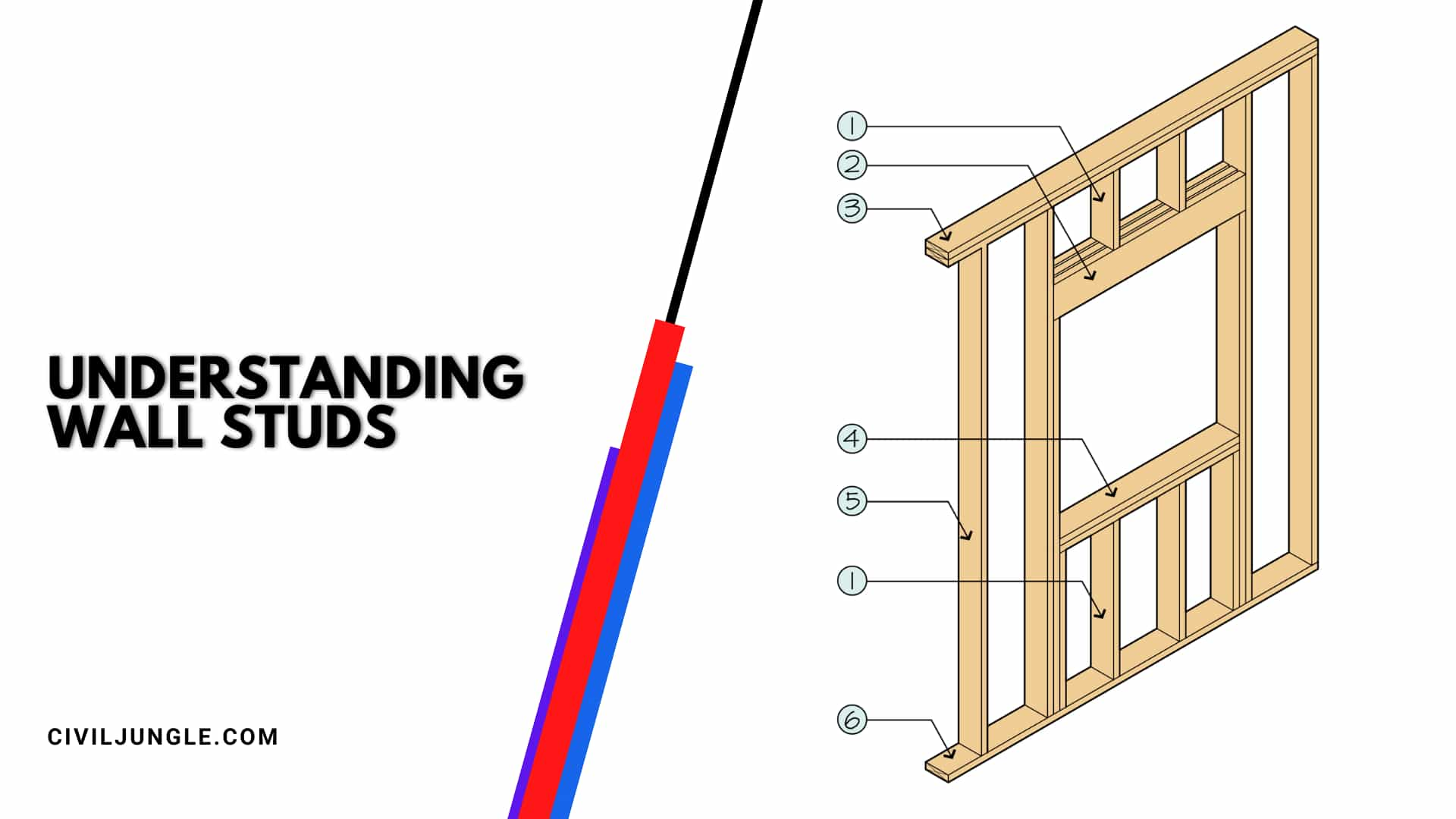
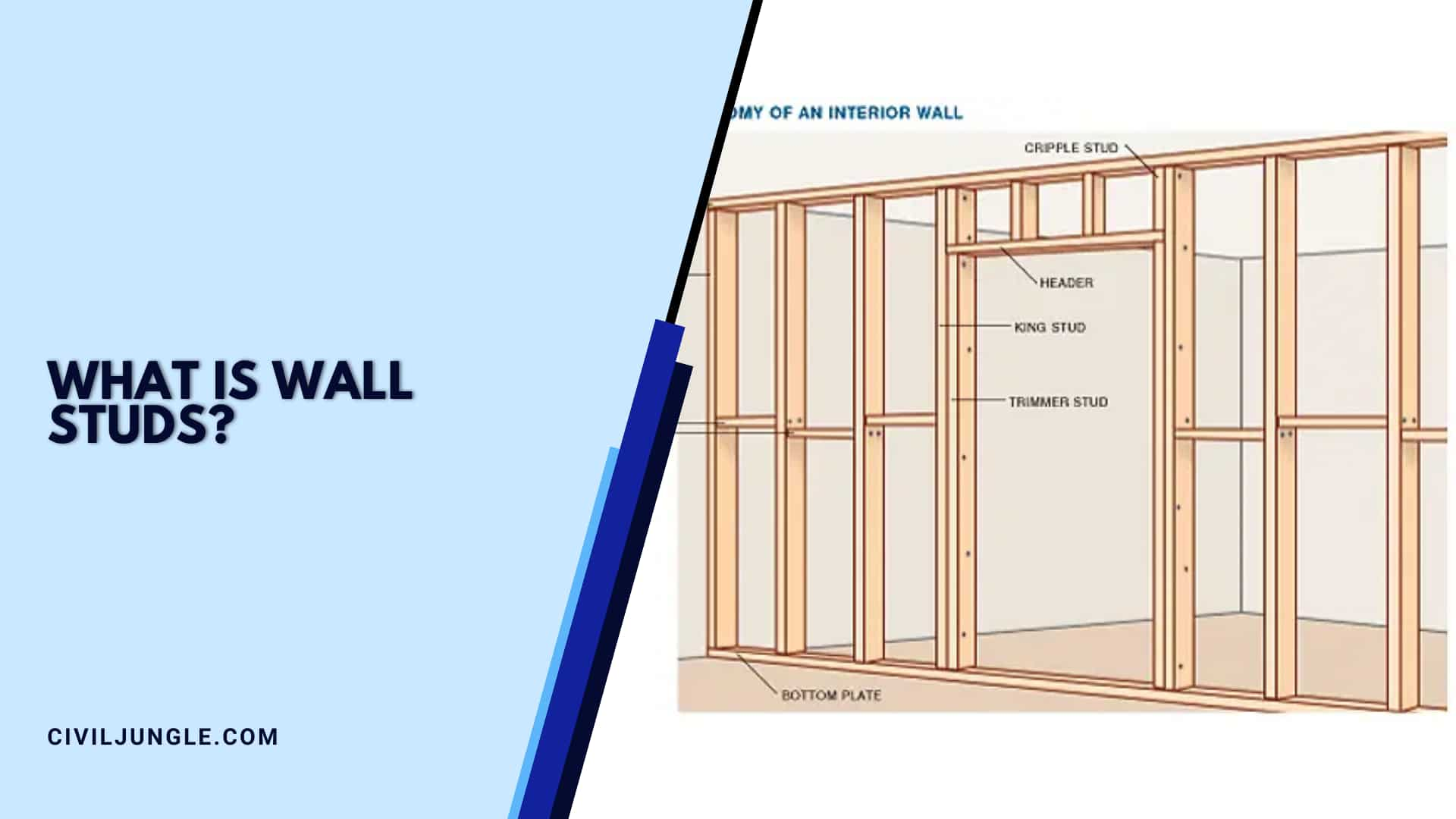
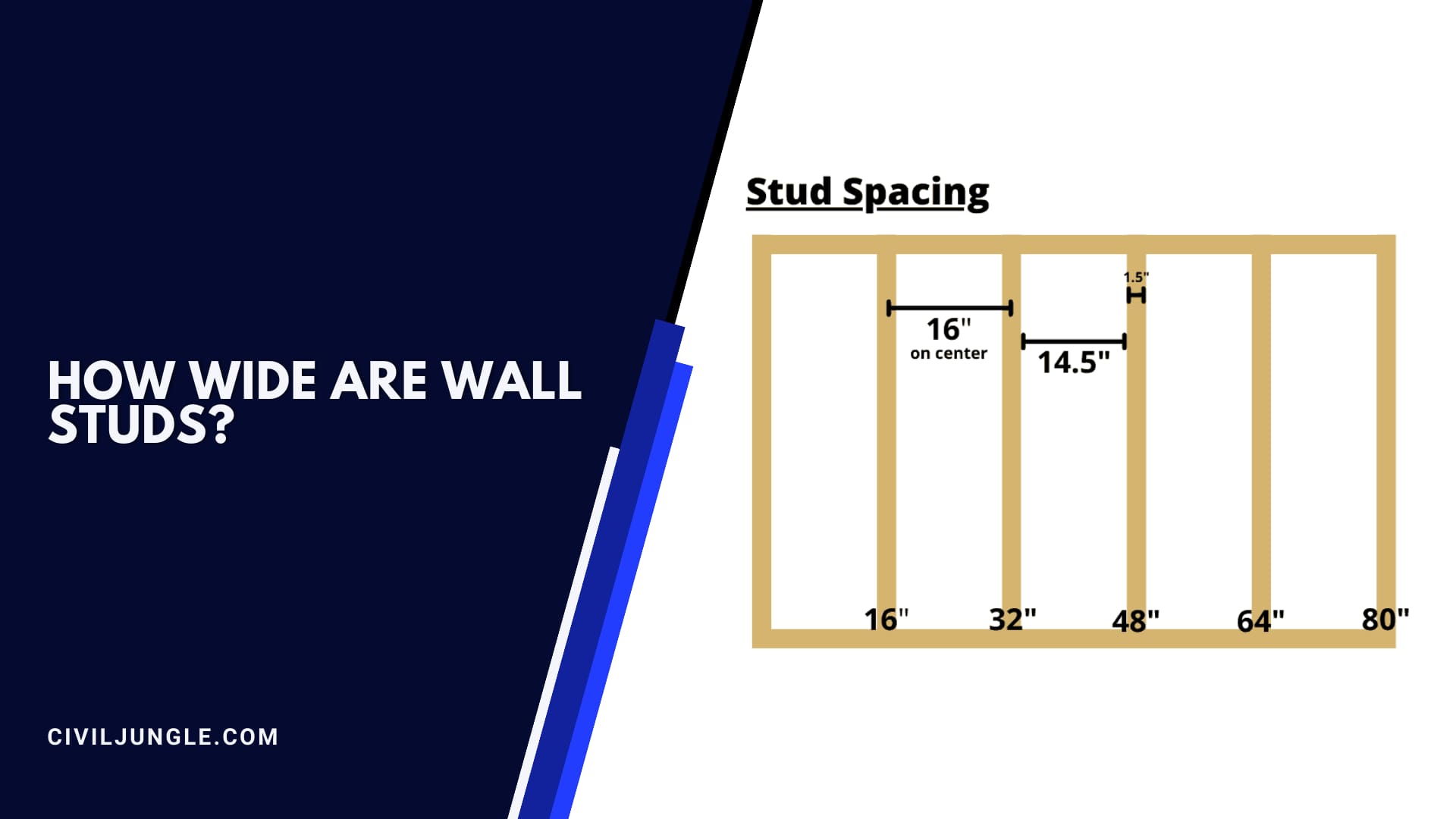
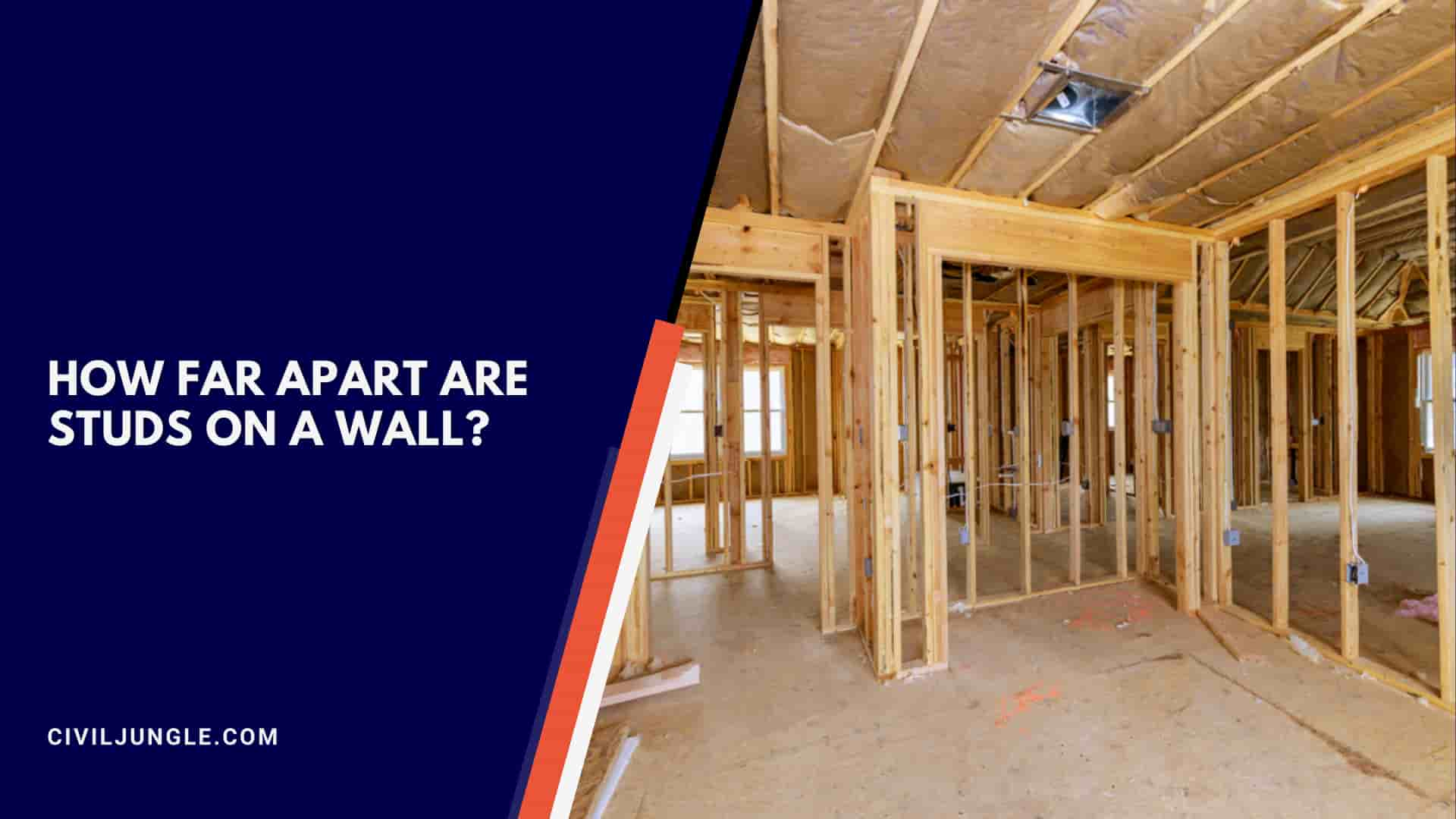
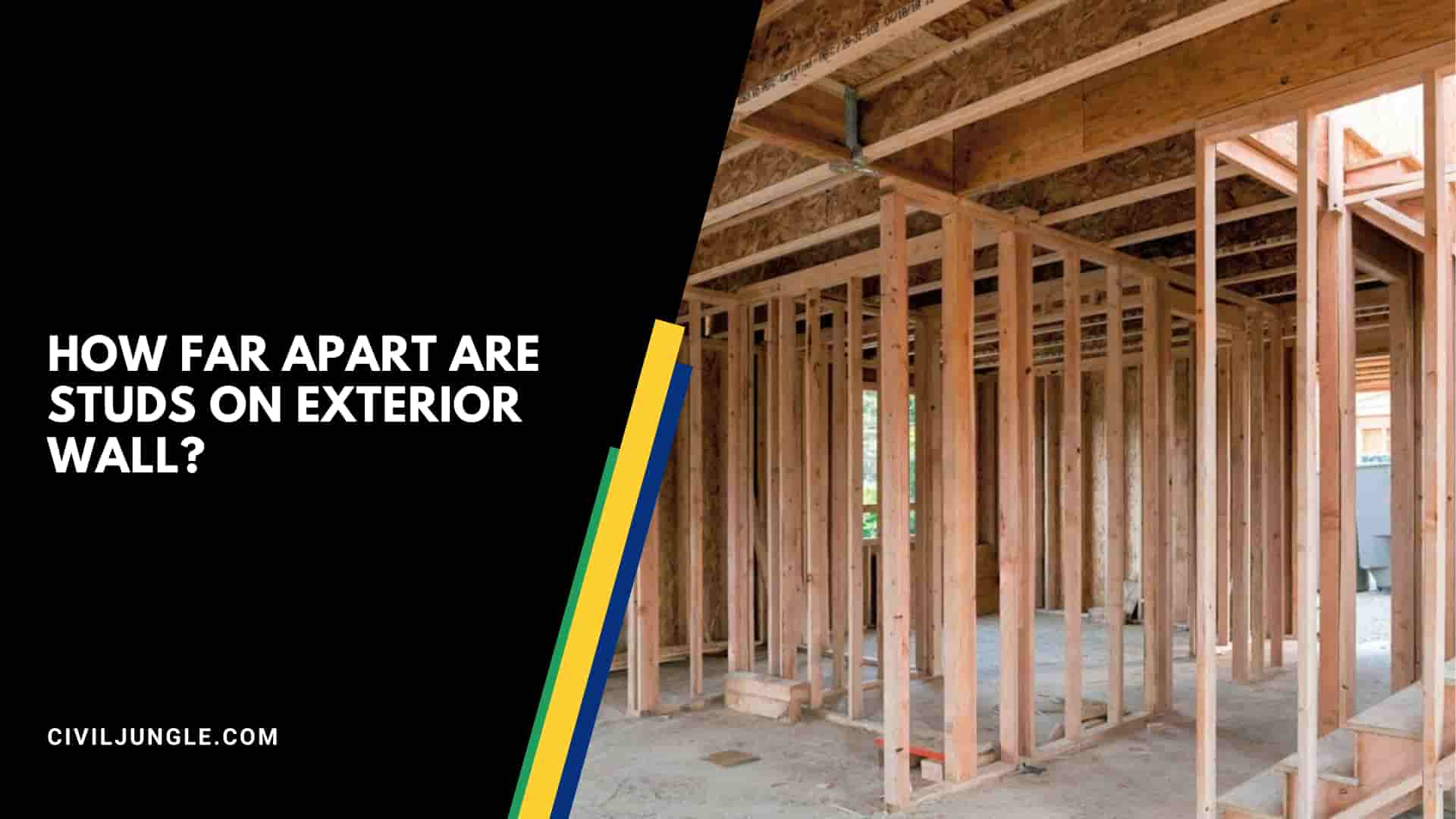
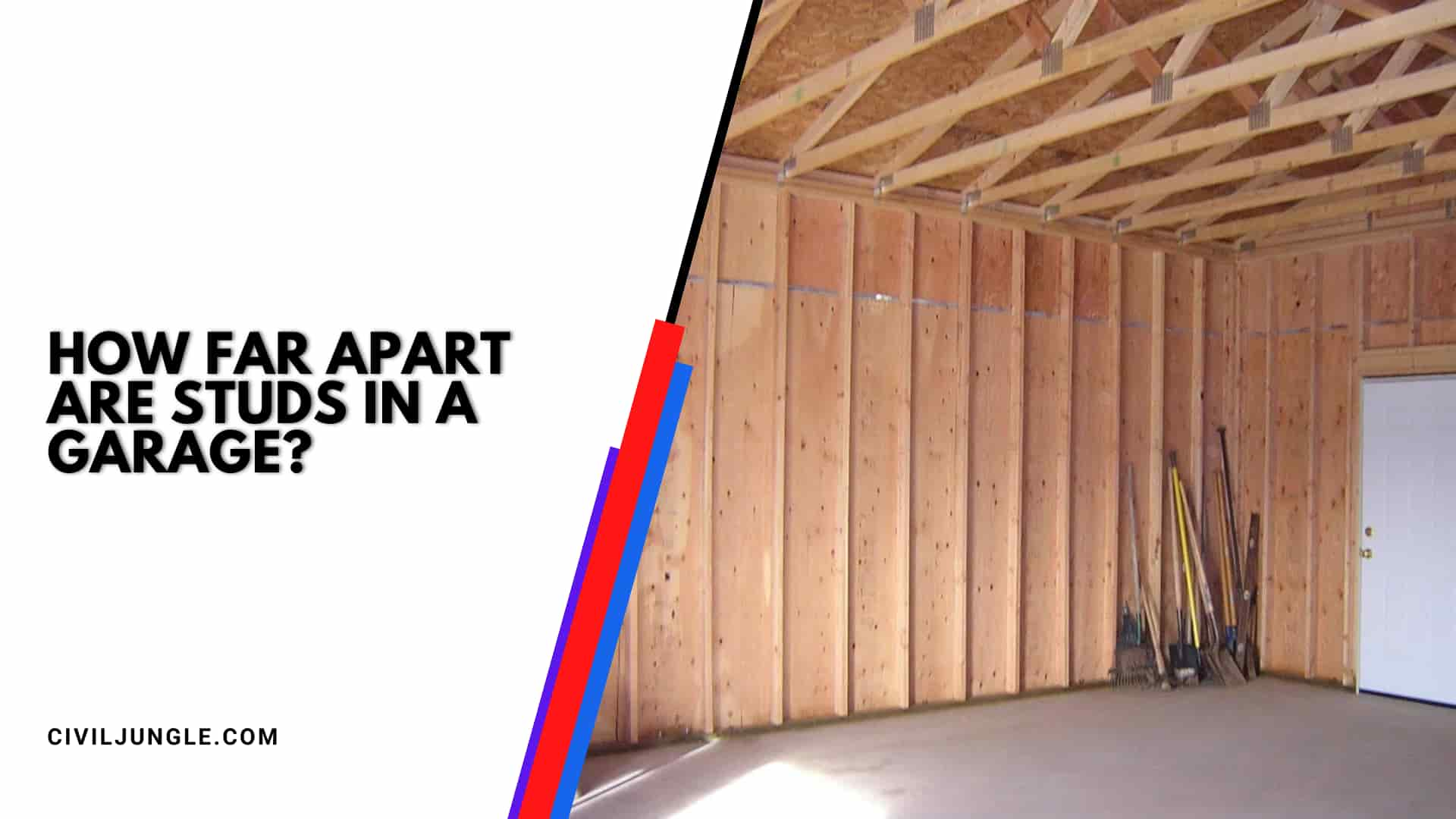
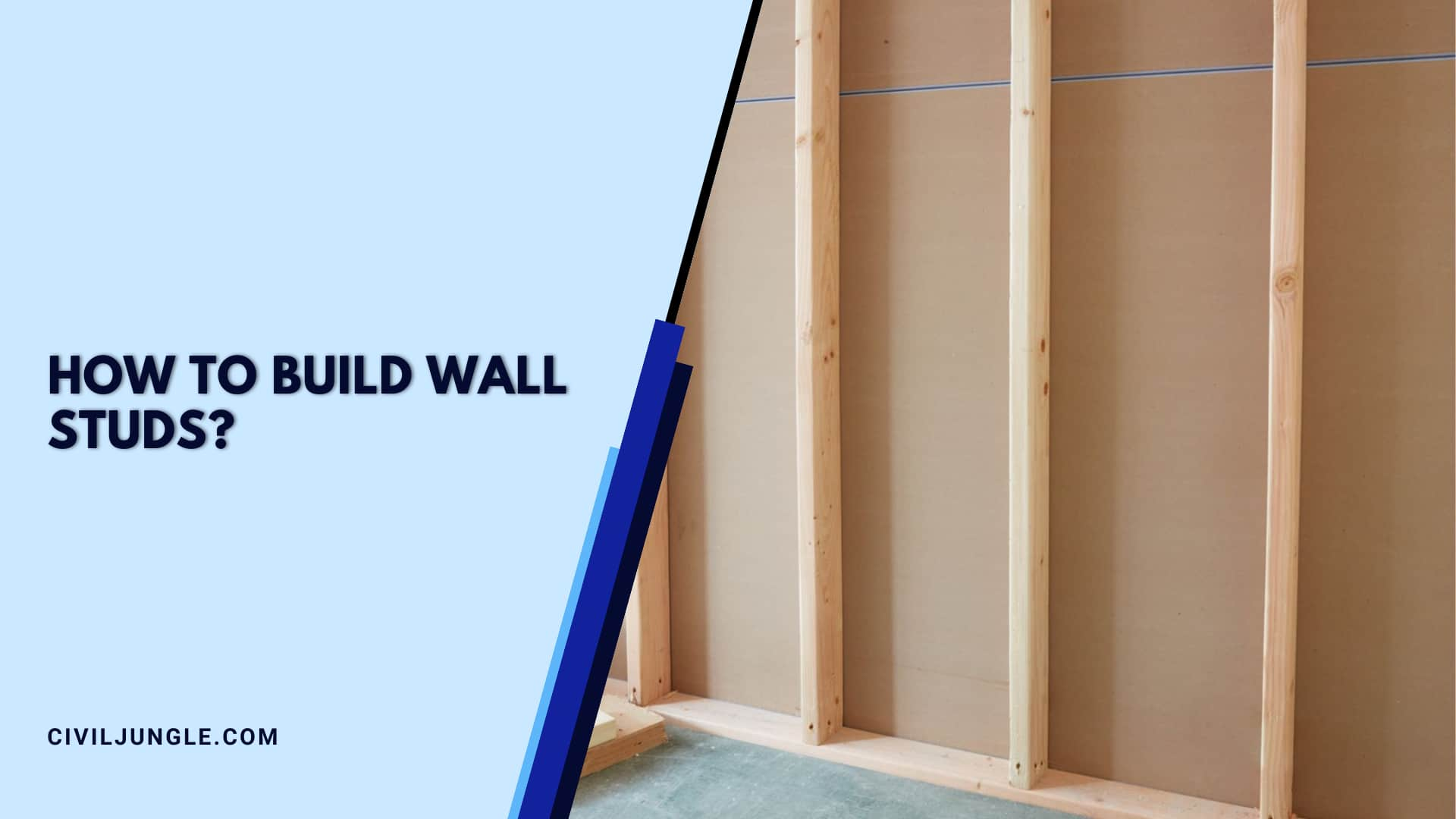
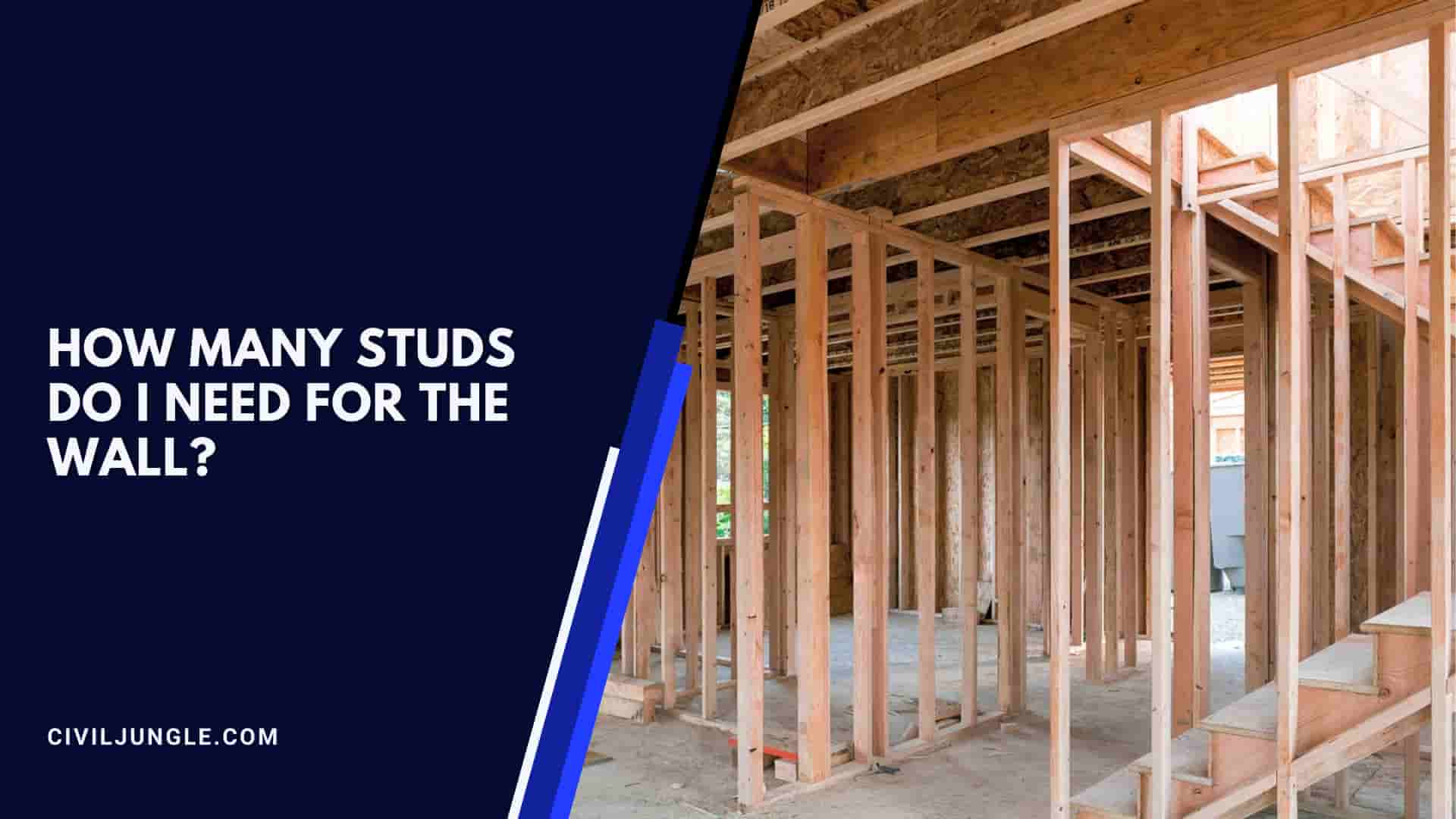


Leave a Reply